Preparing for the JLPT N3? In this blog, we will be covering 20 essential JLPT N3 grammar points for the JLPT N3 test!
For those interested – we are currently offering a JLPT N3 Online Preparation Course – and you can also buy our JLPT N3 Kanji Writing Workbook
Want to study even more?
Here is the list of our
20 Must-Know Grammar Points:

Grammar Point 1: 代わりに Kawari ni
This grammar point is used to express an alternative. It can be combined with a verb, い-adjective, な-adjective and noun!
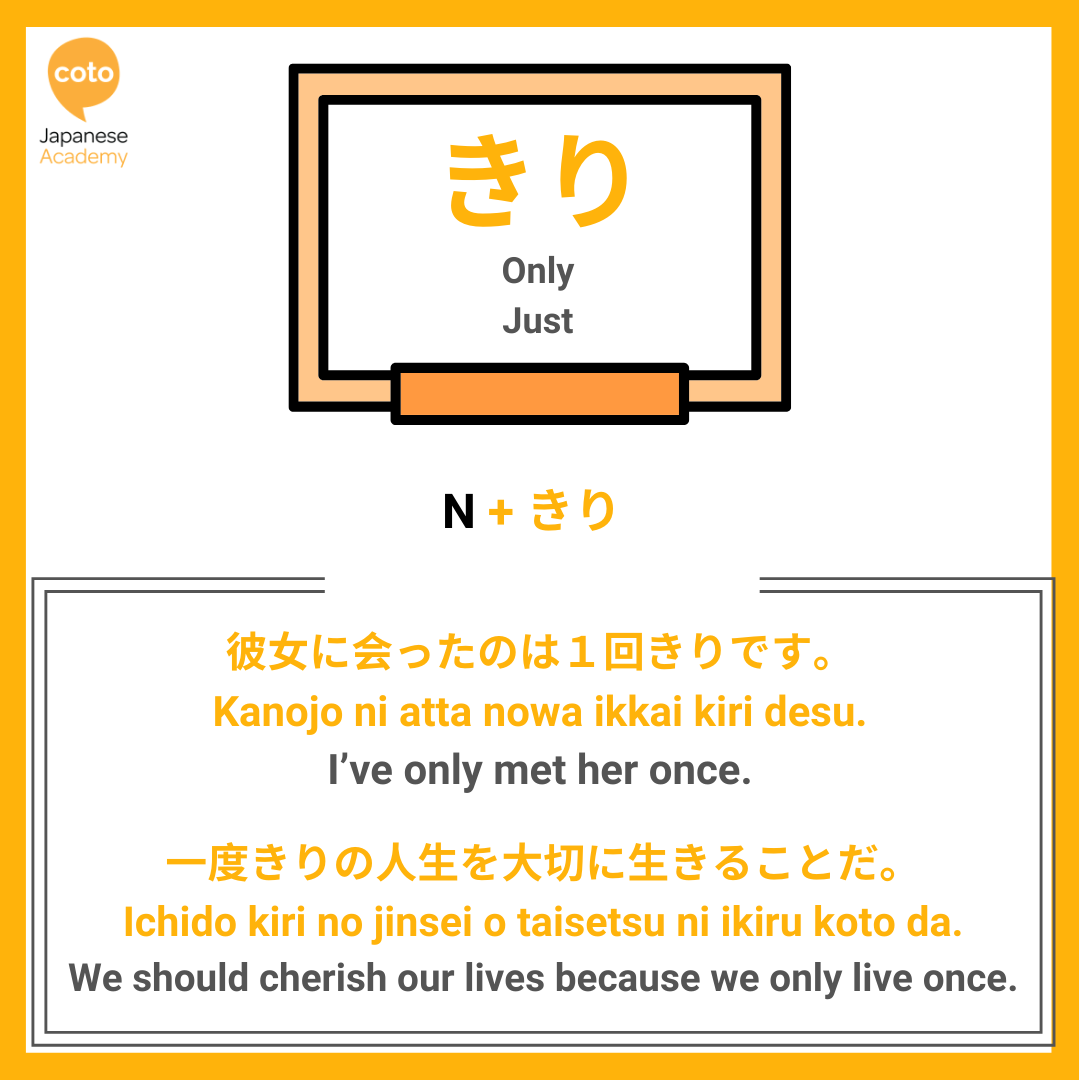
Grammar Point 2: きり Kiri
This grammar point means ‘only’ or ‘just’, and is used with nouns.

Grammar Point 3: っけ Kke
This grammar point is used during a conversation when the speaker is trying to recall some information. It is usually used when asking a question in order to confirm or affirm something.

Grammar Point 4: くらい / ぐらい Kurai / Gurai
This grammar point is used to express an approximation of things and can also mean ‘to the extent of …’.

Grammar Point 5: くせに Kuseni
This grammar point is often used to express blame, anger or criticism.
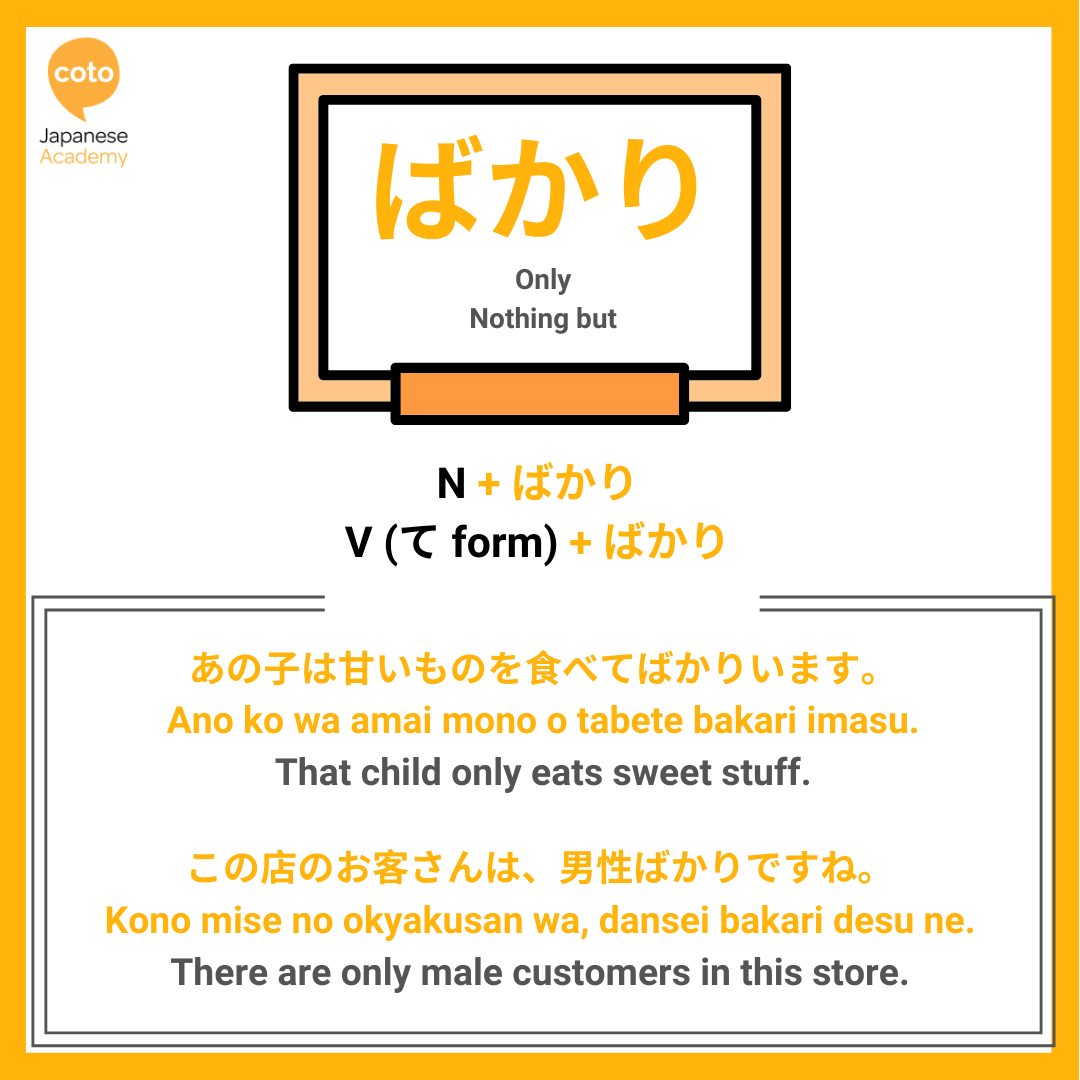
Grammar Point 6: ばかり Bakari
This grammar point is often used to express shock, surprise or negative judgment. The meaning is not always negative and will usually depend on the context. To get a more nuanced understanding of how ばかり is used, check out our Online JLPT N3 Prep Course!

Grammar Point 7: べき Beki
This grammar point is used to say something we should or must do. It can be used as べき or べきだ.
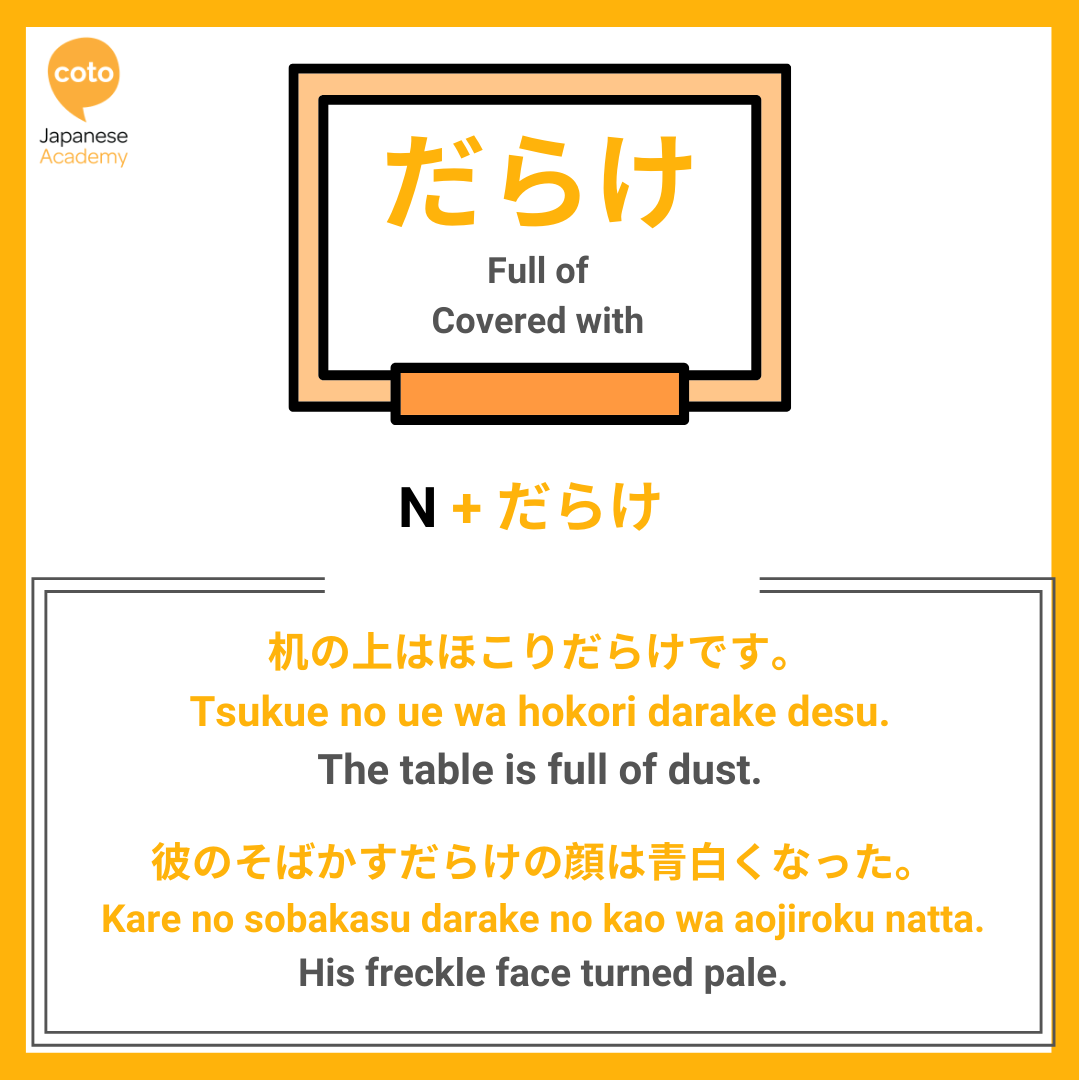
Grammar Point 8: だらけ Darake
This grammar point means ‘full of’ or ‘covered with’, and is combined with nouns.

Grammar Point 9: ふりをする Furi o suru
This grammar point is used when someone is pretending to be or acting as something that is not true.
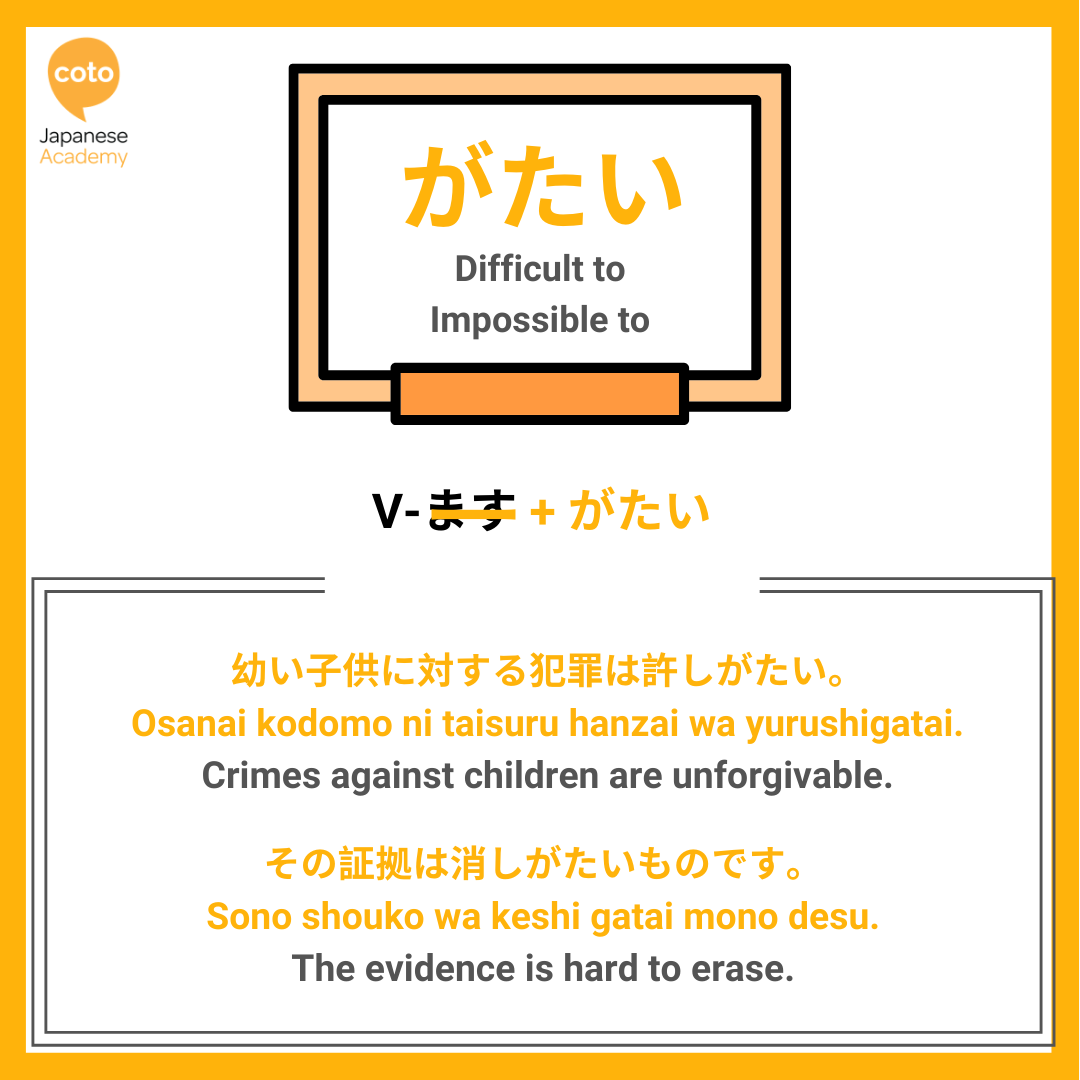
Grammar Point 10: がたい Gatai
This grammar point is used to express something that is so difficult to do, it may even be impossible and cannot be done. It is used by combining with a verb-ます form. When adding this grammar point to the verb, be sure to remove ます at the back.
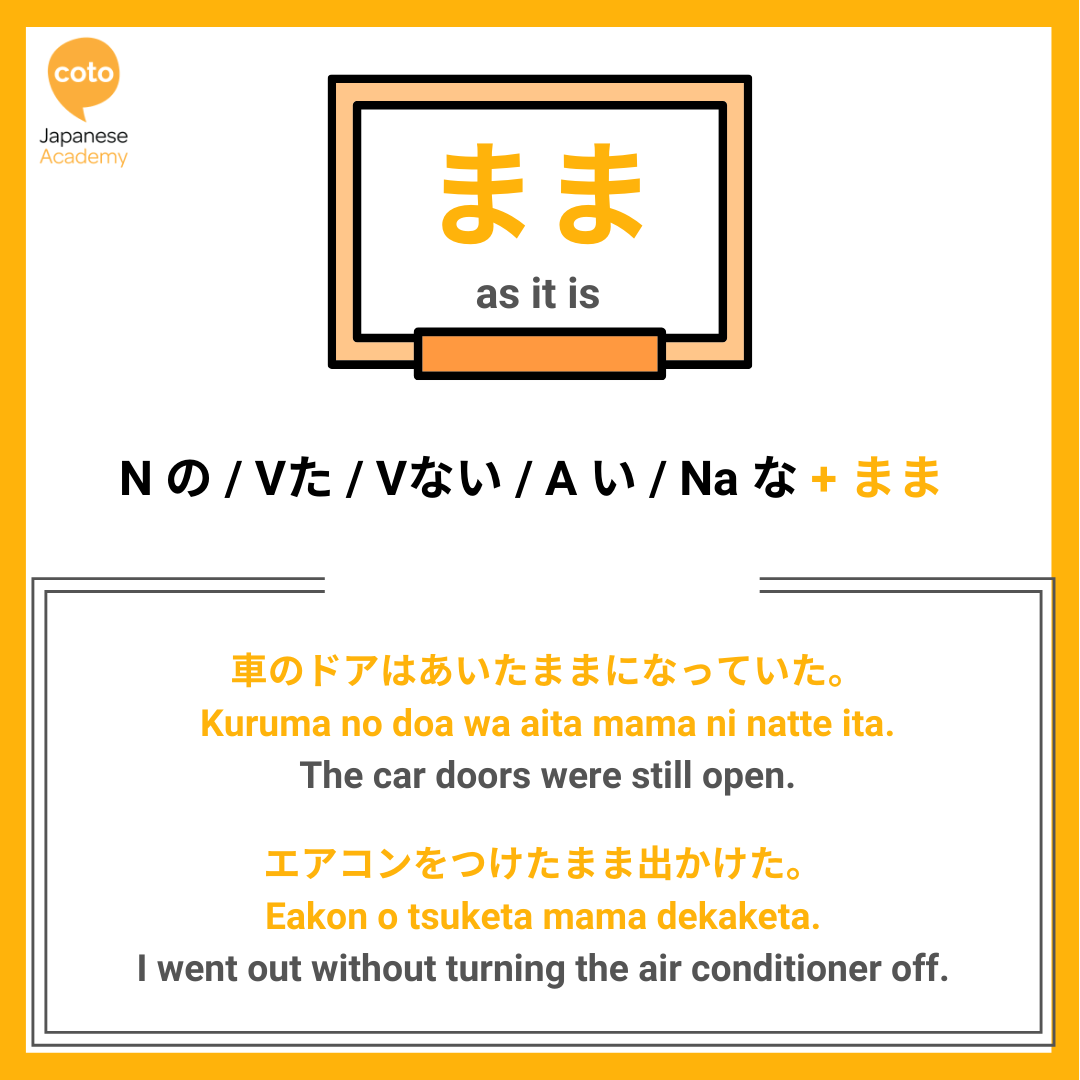
Grammar Point 11: まま Mama
This grammar point expresses something as it is or that it has a lack of change.
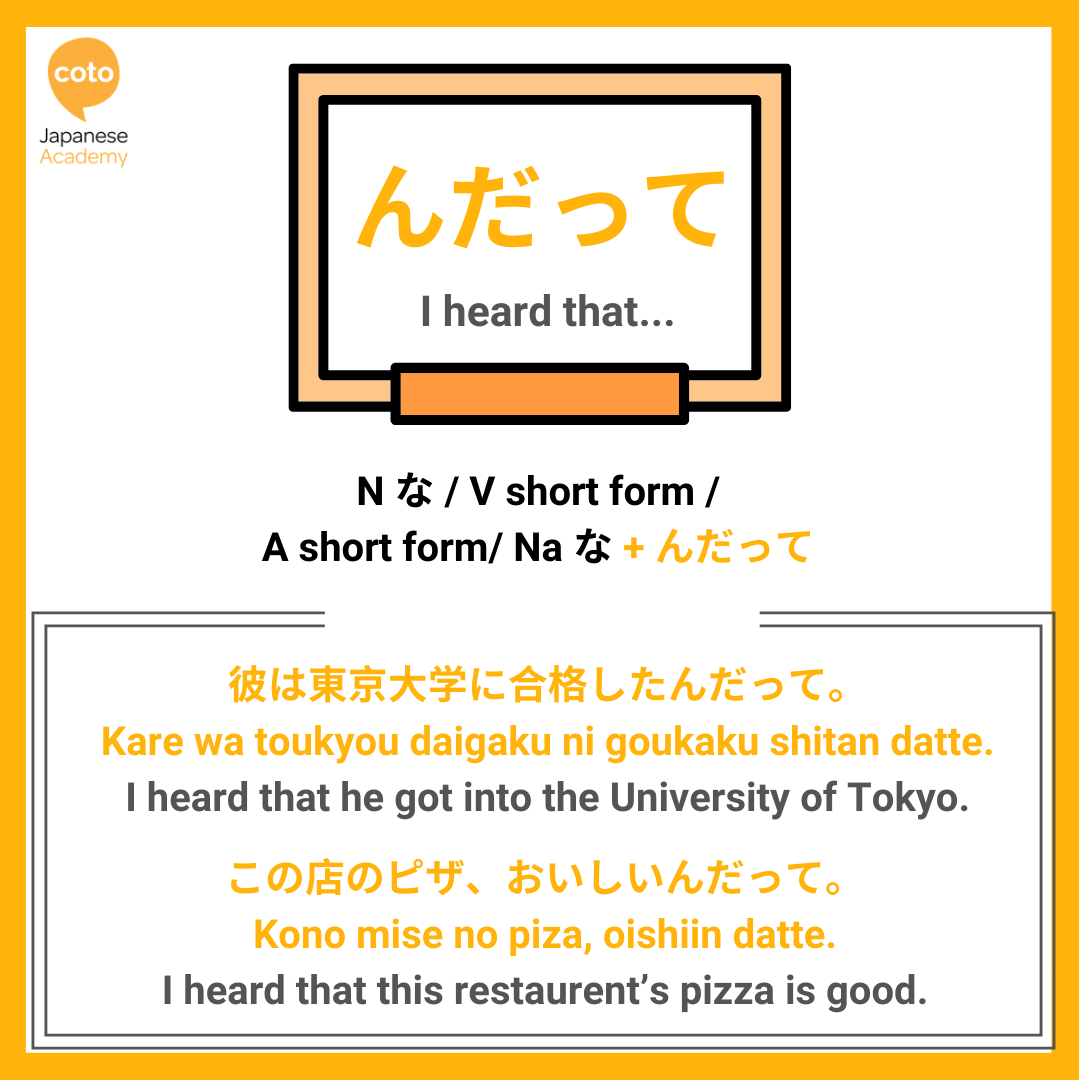
Grammar Point 12: んだって Ndatte
This grammar point is a quoting particle used in conversations to express what you have heard other people say.
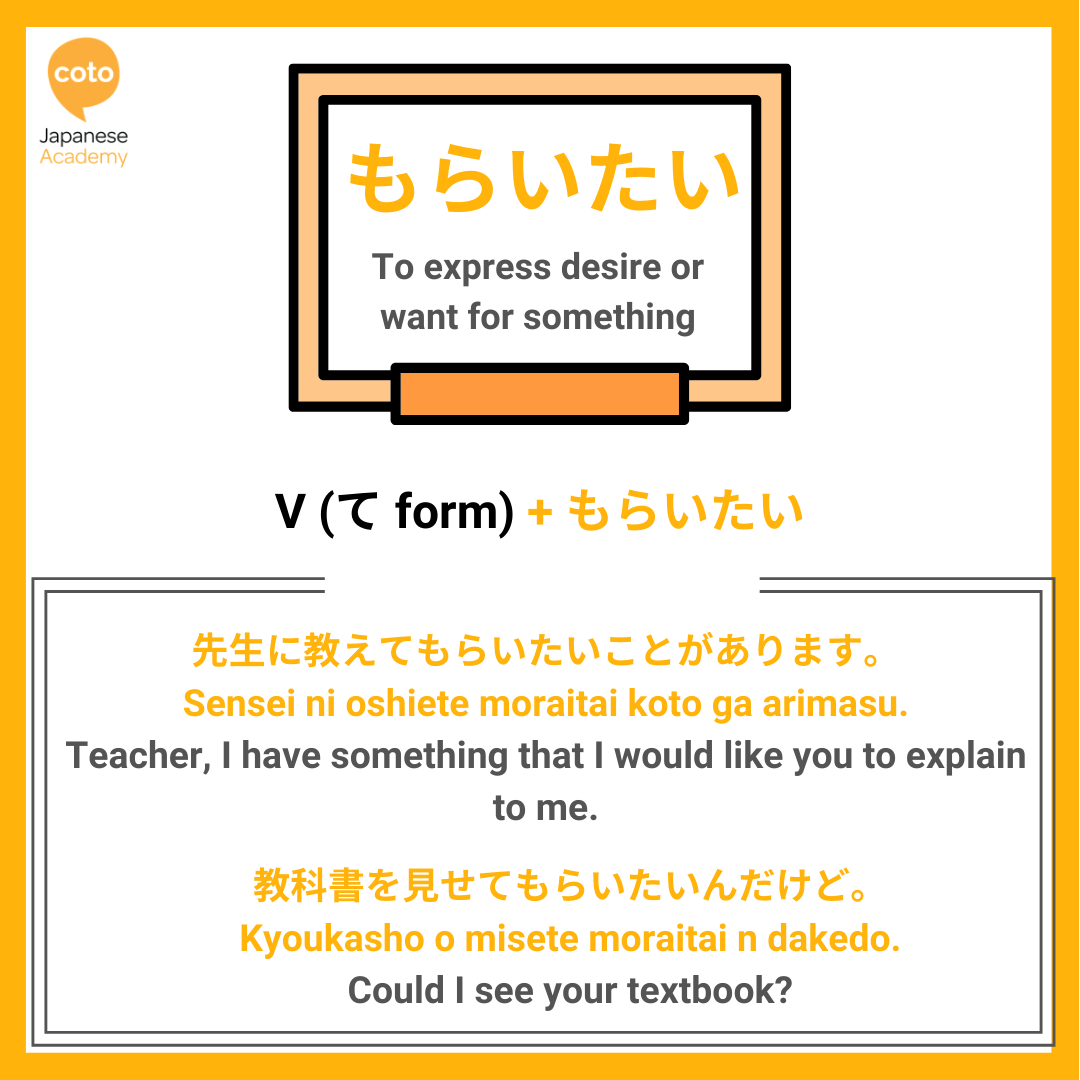
Grammar Point 13: もらいたい Moraitai
This grammar point is used to express a want or desire for something, usually when asking for favors. It can be used by combining it with a verb-て form.
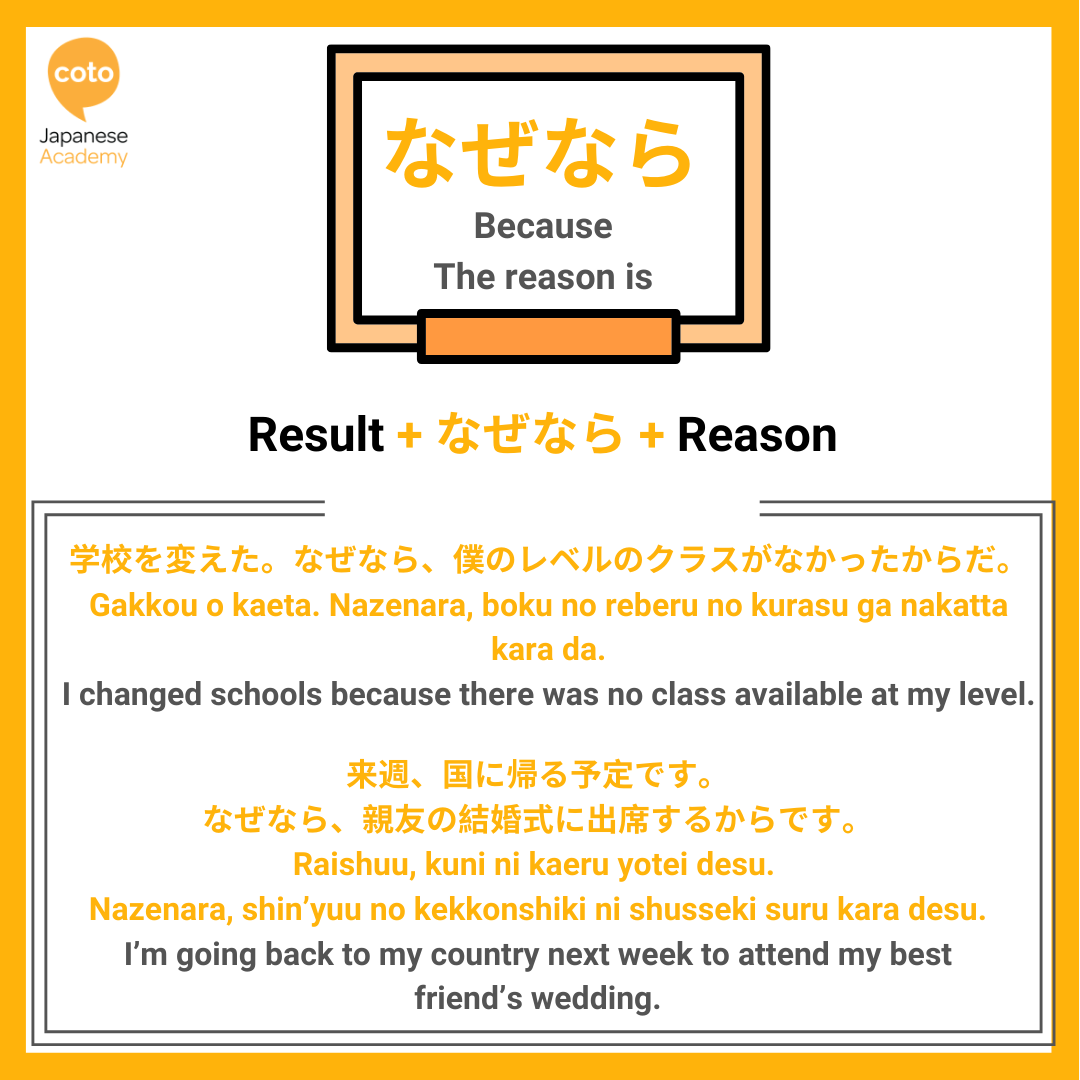
Grammar Point 14: なぜなら Nazenara
This grammar point is usually used in formal situations, to express a reason or cause for something.
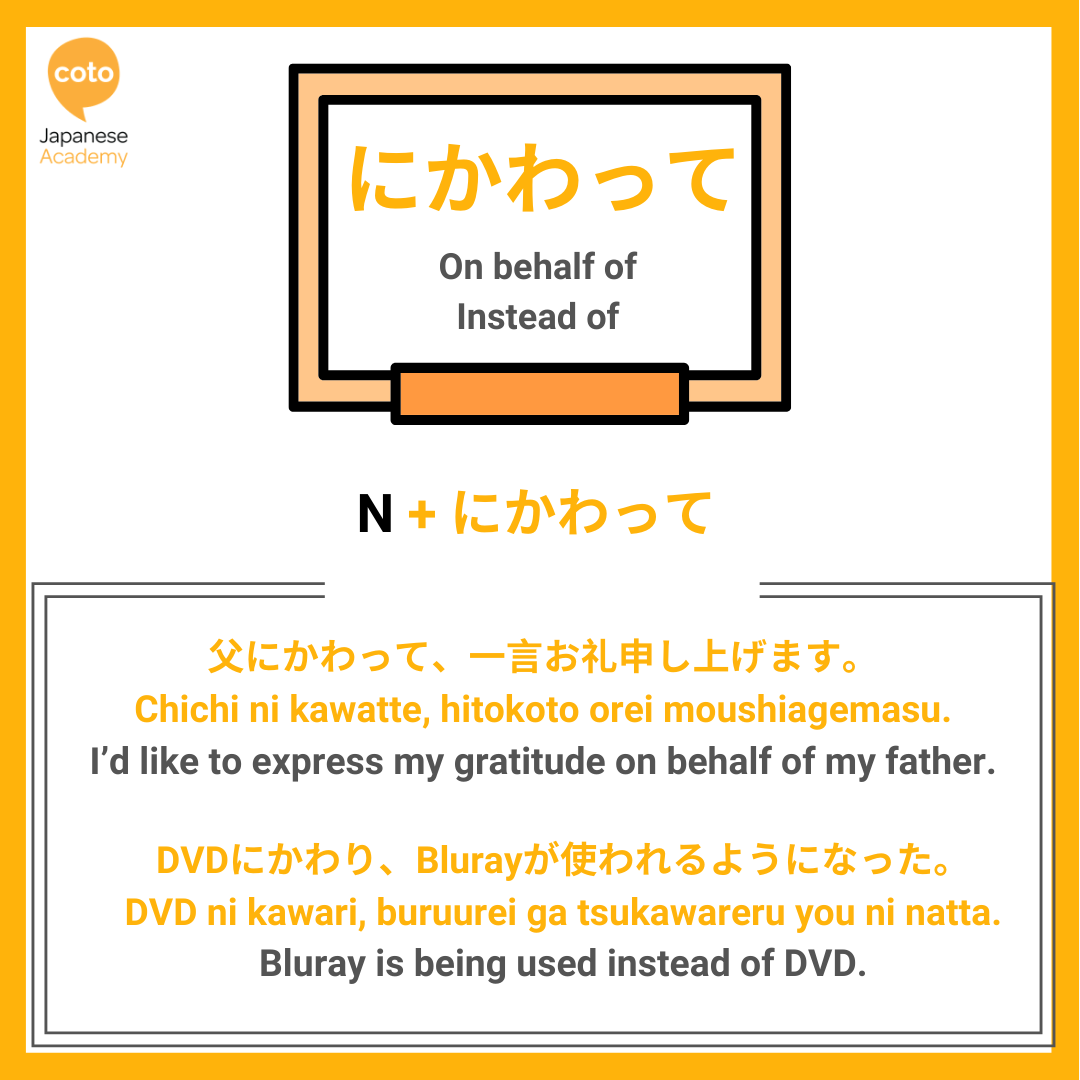
Grammar Point 15: にかわって Ni kawatte
This grammar point is usually used when someone is replacing someone, or doing something on behalf of someone. Do note that this can only be used with people and not with objects!
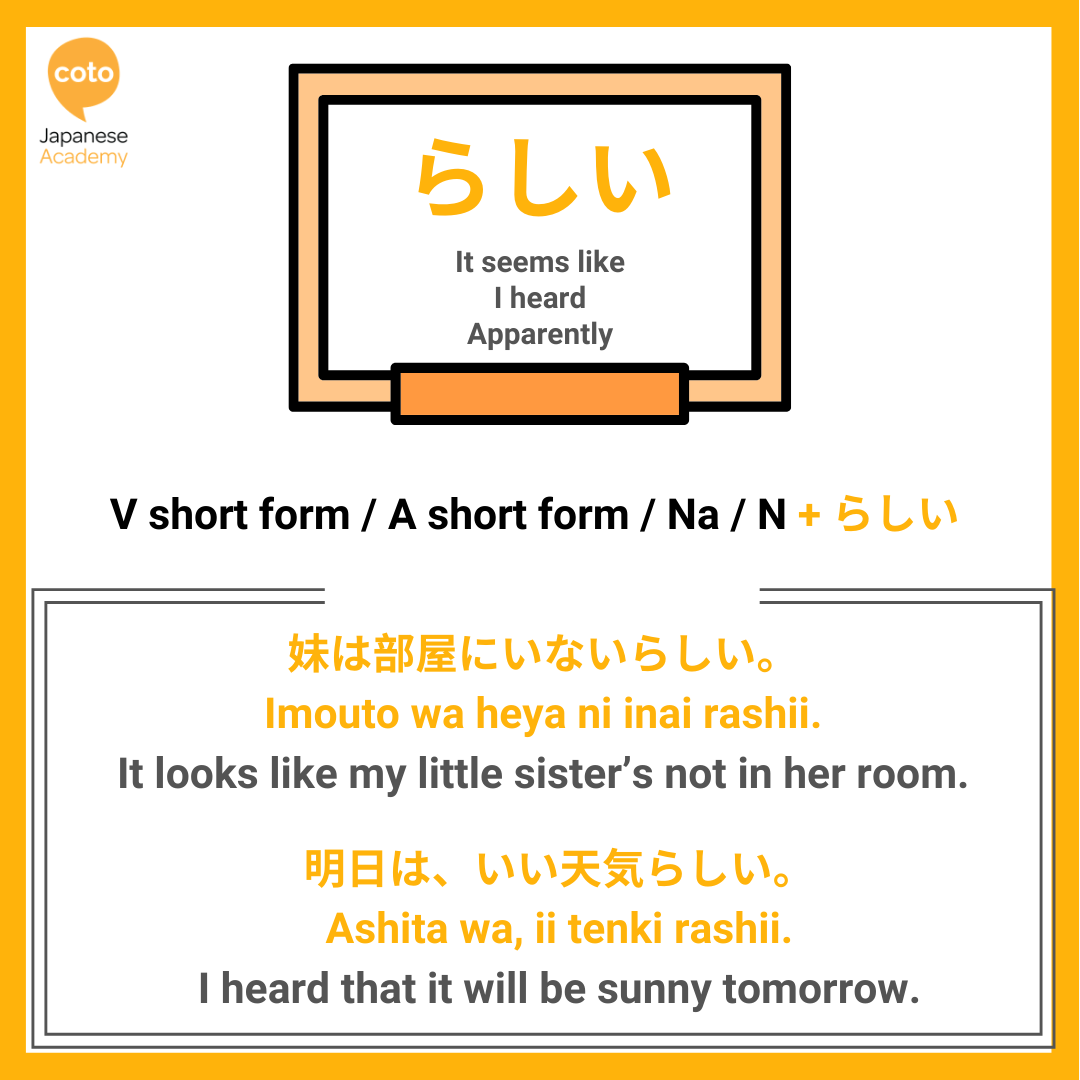
Grammar Point 16: らしい Rashii
This grammar point is used to say ‘it seems like’, ‘I heard…’ or ”apparently…’.
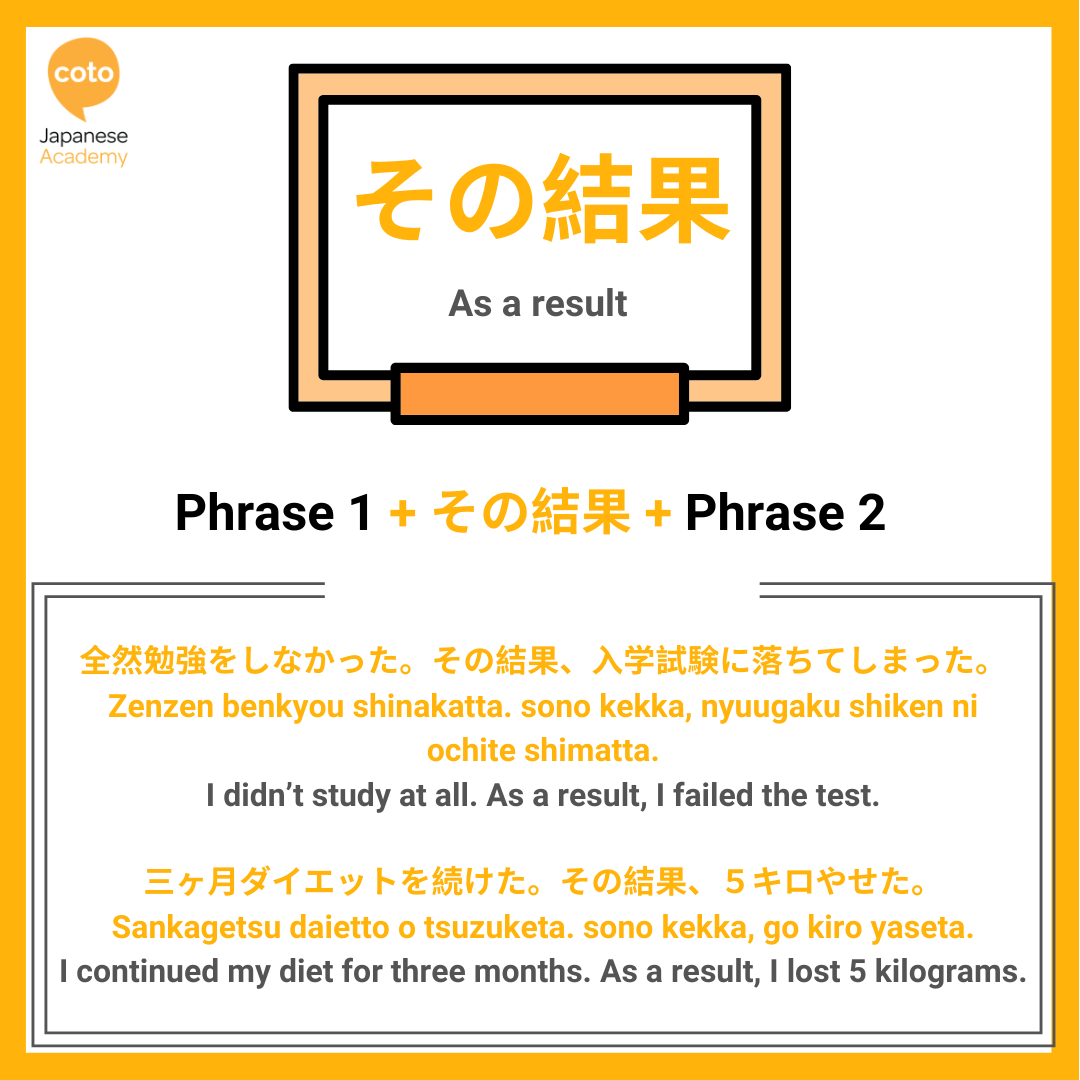
Grammar Point 17: その結果 Sono kekka
This grammar point is used to express the result of something. These Kanji are covered in our JLPT N3 Kanji Writing Workbook!

Grammar Point 18: ことだ Kotoda
This grammar point is used when giving advice or suggestions to someone. It can mean either ‘should’ or ‘should not’ depending on the context.
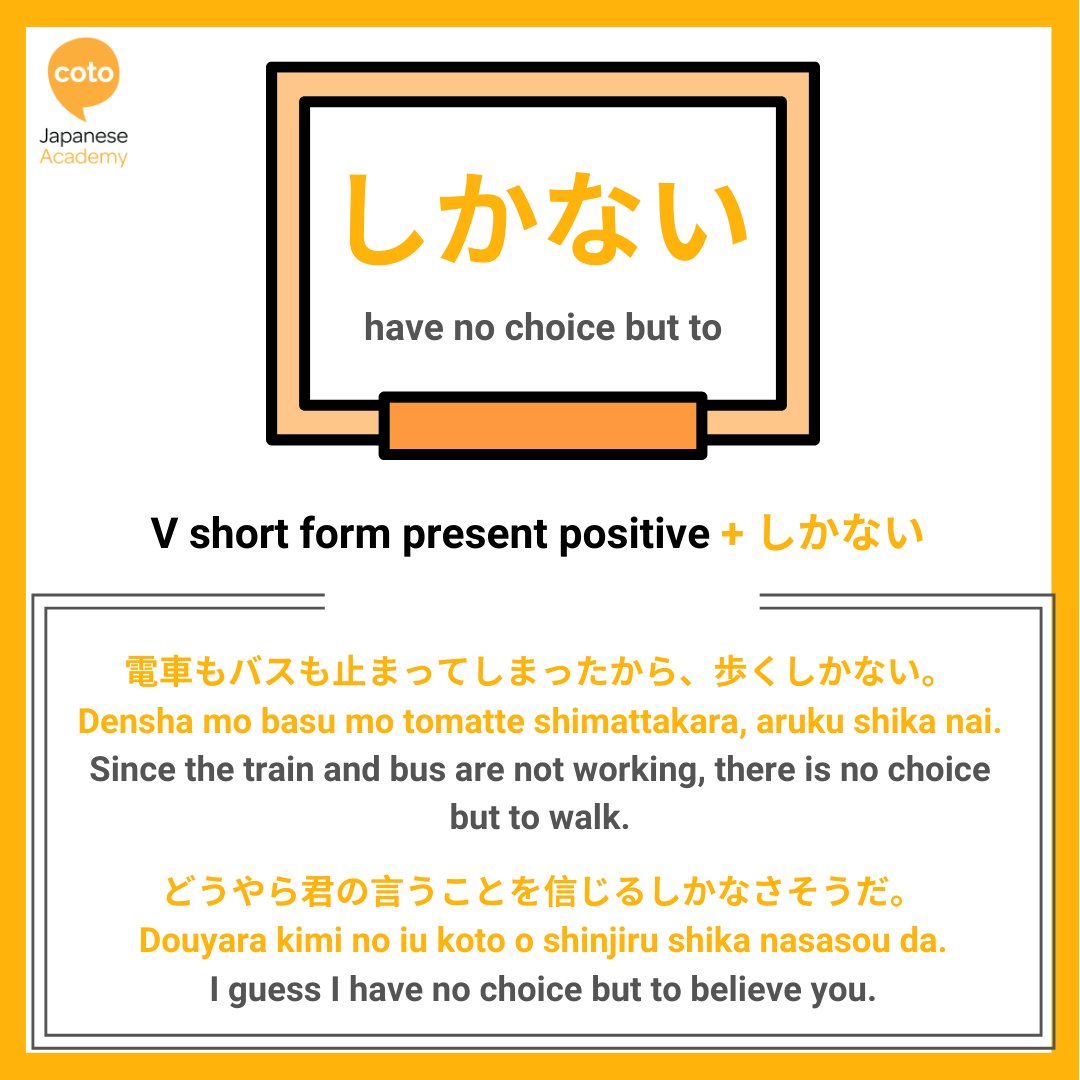
Grammar Point 19: しかない Shikanai
This grammar point expresses that there is no choice but to do something. It can be used by adding it to verbs.
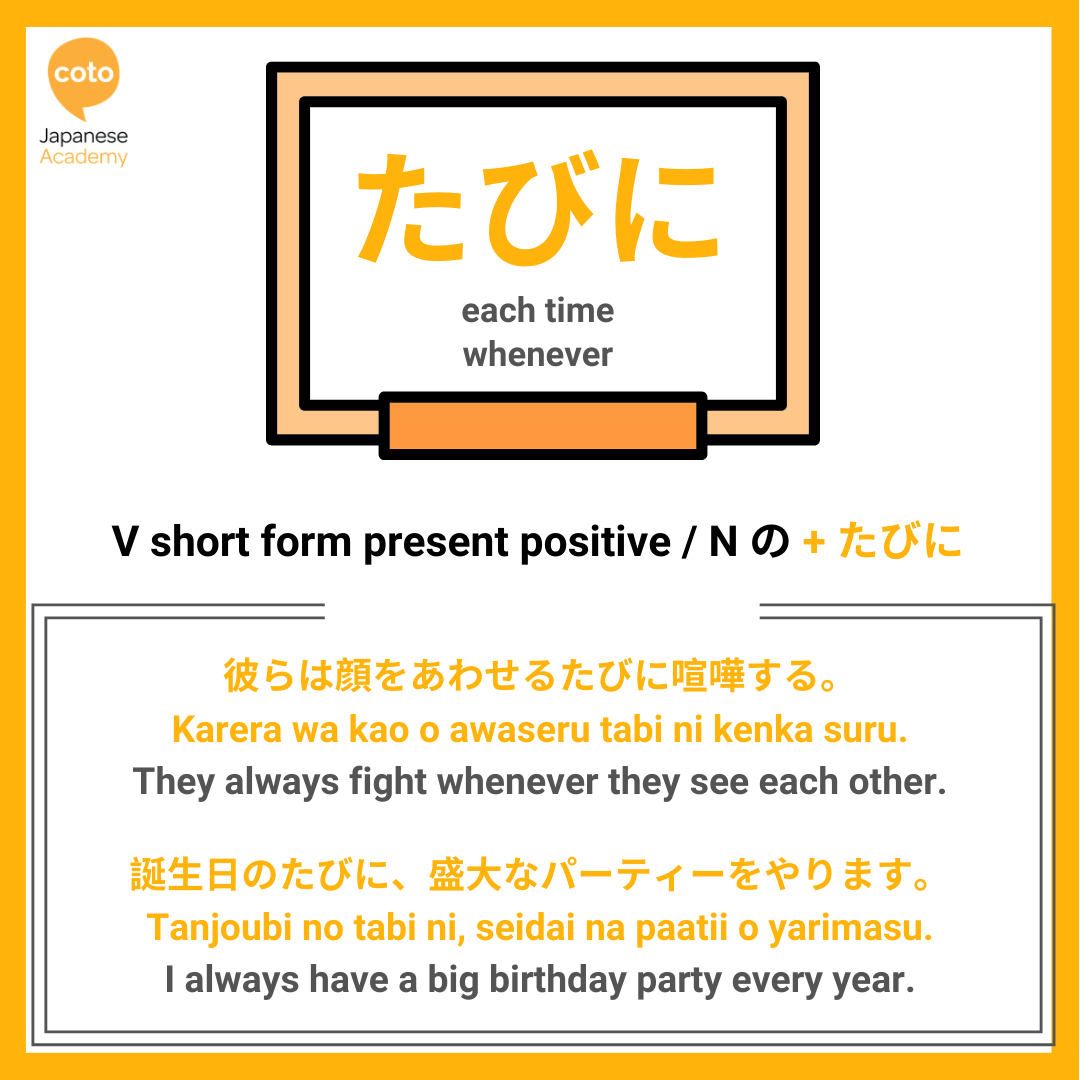
Grammar Point 20: たびに Tabini
This grammar point means ‘every time’ or ‘whenever something happens’.
Want to learn more N3 Grammar points?
Get access to our JLPT N3 Grammar Guidebook!
This Handy N3 Textbook will allow you to learn all of the important grammar points covered on the JLPT N3 exam.
This version includes all 127 grammar points you need to pass the JLPT N3!
